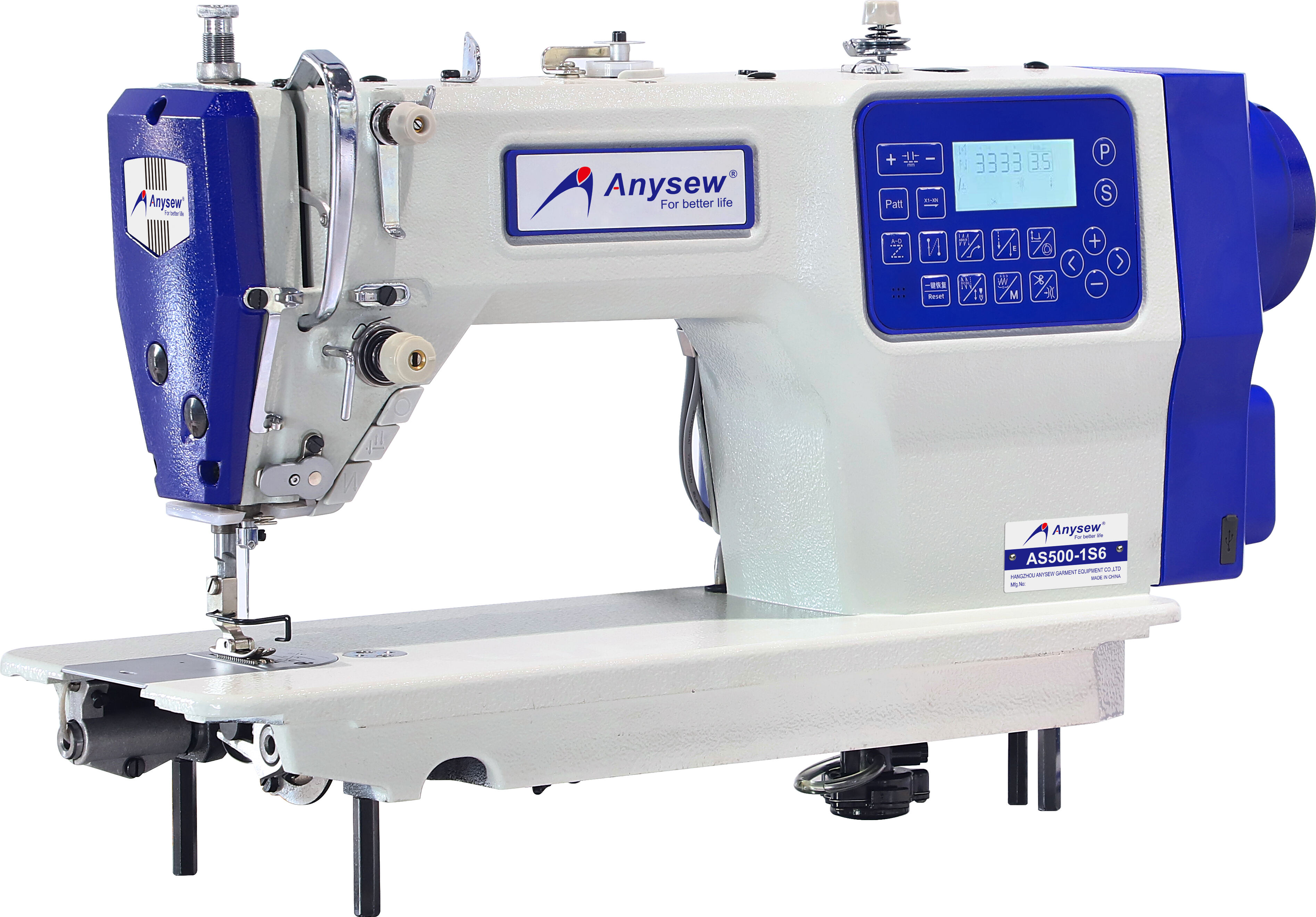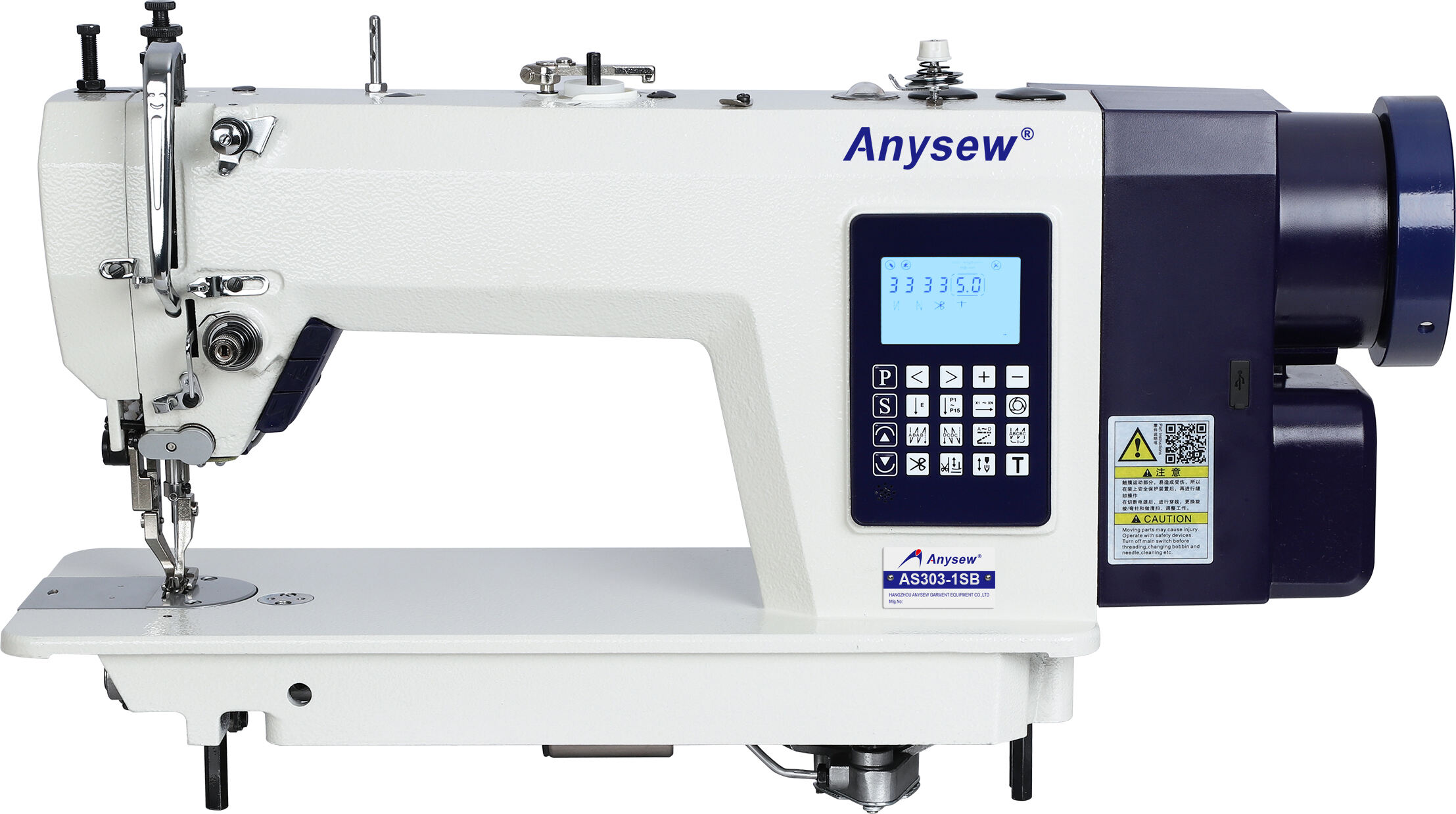edgestitch
The edgestitch is a fundamental sewing technique that provides both functional and decorative benefits in garment construction and textile manufacturing. This versatile stitch, created by sewing very close to the edge of the fabric, serves multiple purposes in both industrial and home sewing applications. The technology behind the edgestitch involves precise needle placement and careful tension control, typically performed at a distance of 1/8 inch or less from the fabric's edge. Modern sewing machines often feature specialized presser feet and guide mechanisms specifically designed for edgestitching, ensuring consistent results and professional-quality finishes. The stitch can be applied to various materials, from lightweight silks to heavy denims, making it an essential technique across different textile applications. In professional manufacturing, automated edgestitching machines can process hundreds of garments per hour while maintaining precise stitch placement and tension control. The technique is particularly valuable in reinforcing seams, creating clean edges on garments, and adding decorative elements to various textile products. Its applications extend beyond clothing to include home furnishings, automotive upholstery, and industrial textile products, demonstrating its versatility and importance in modern textile manufacturing.


